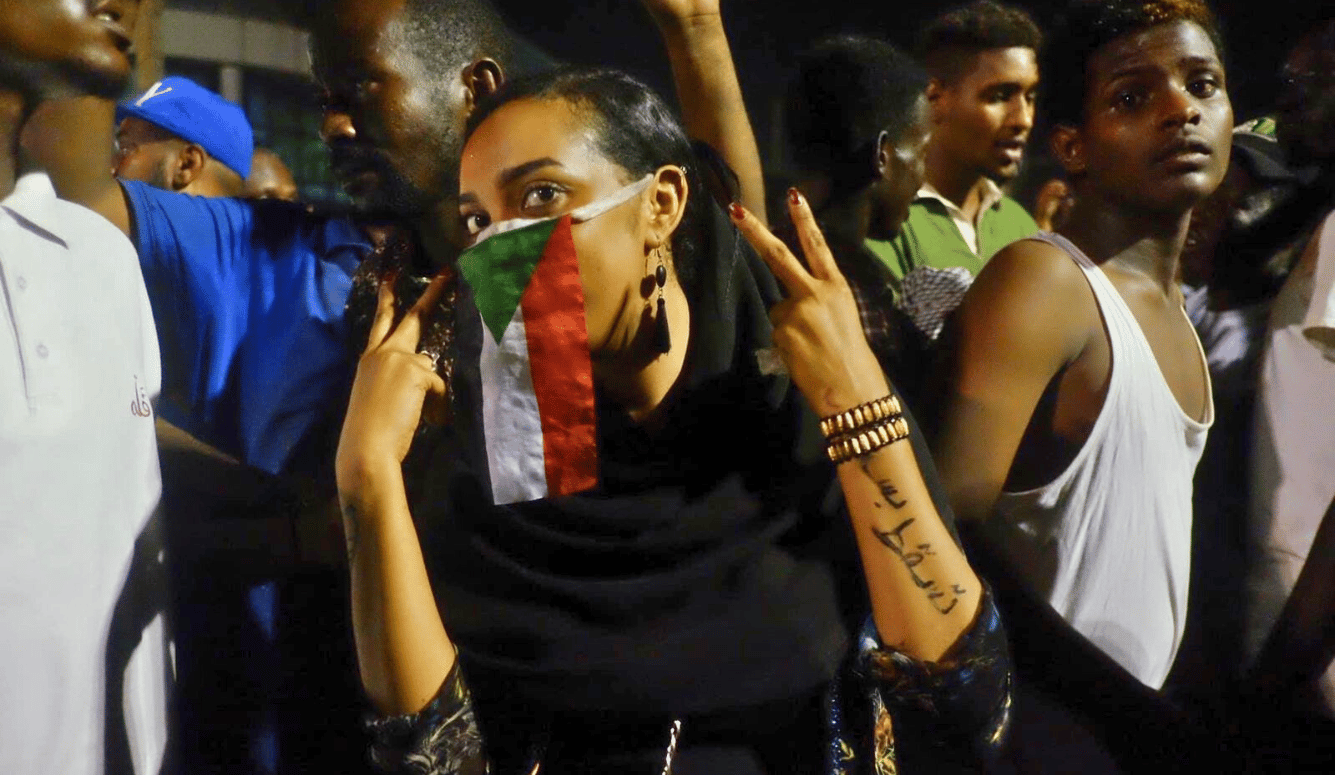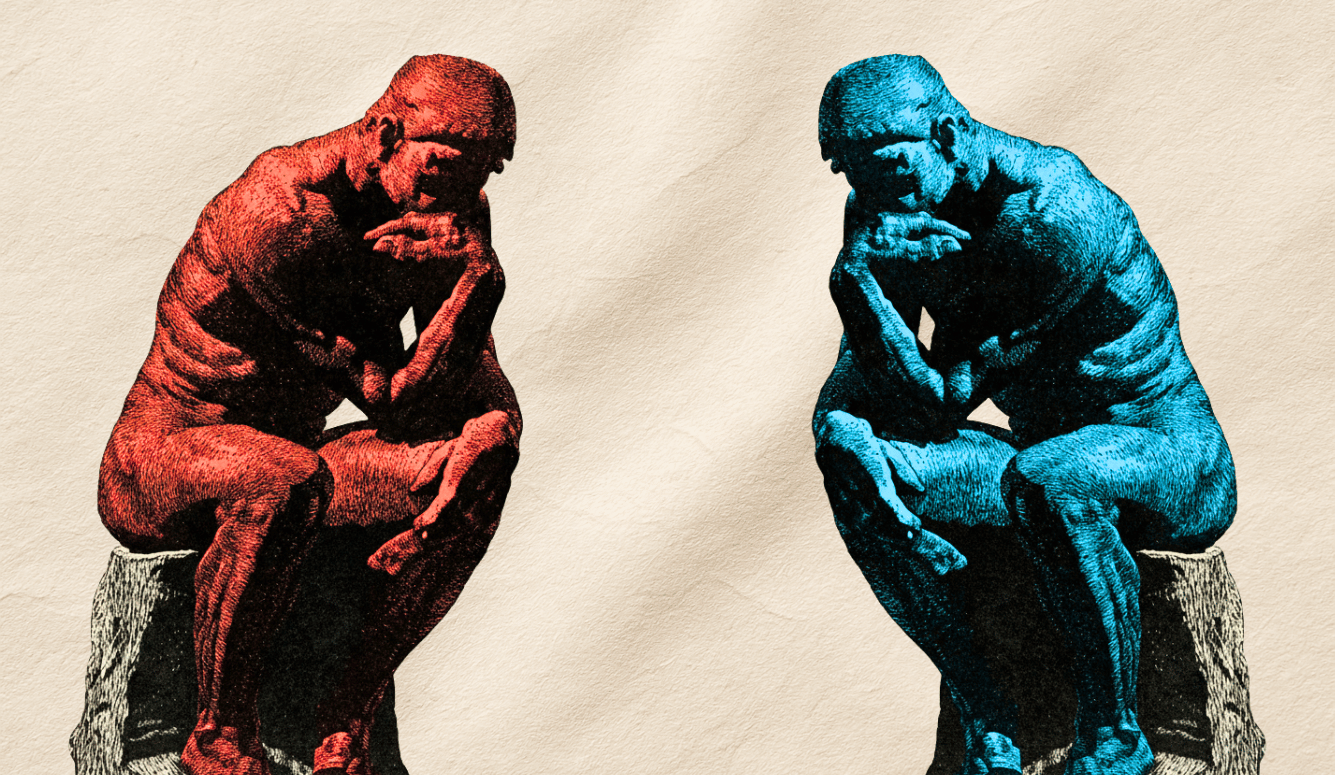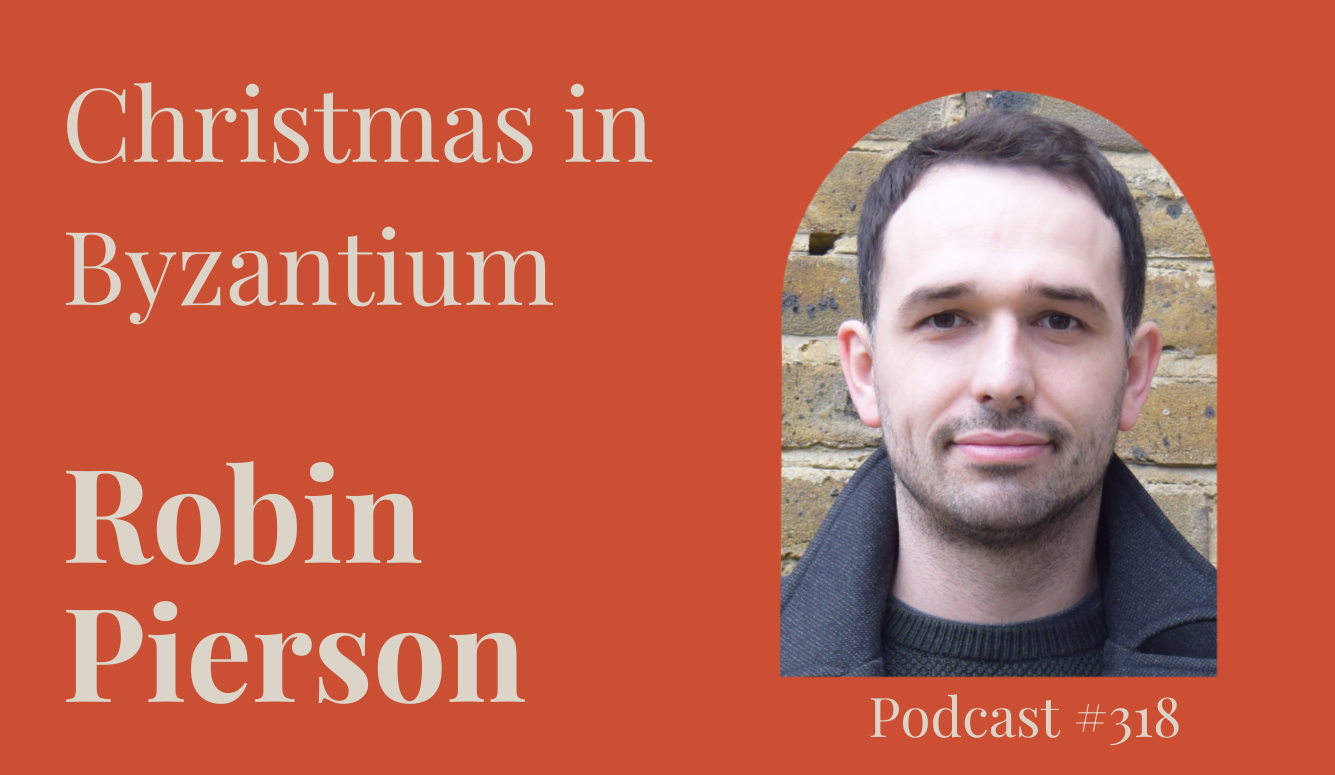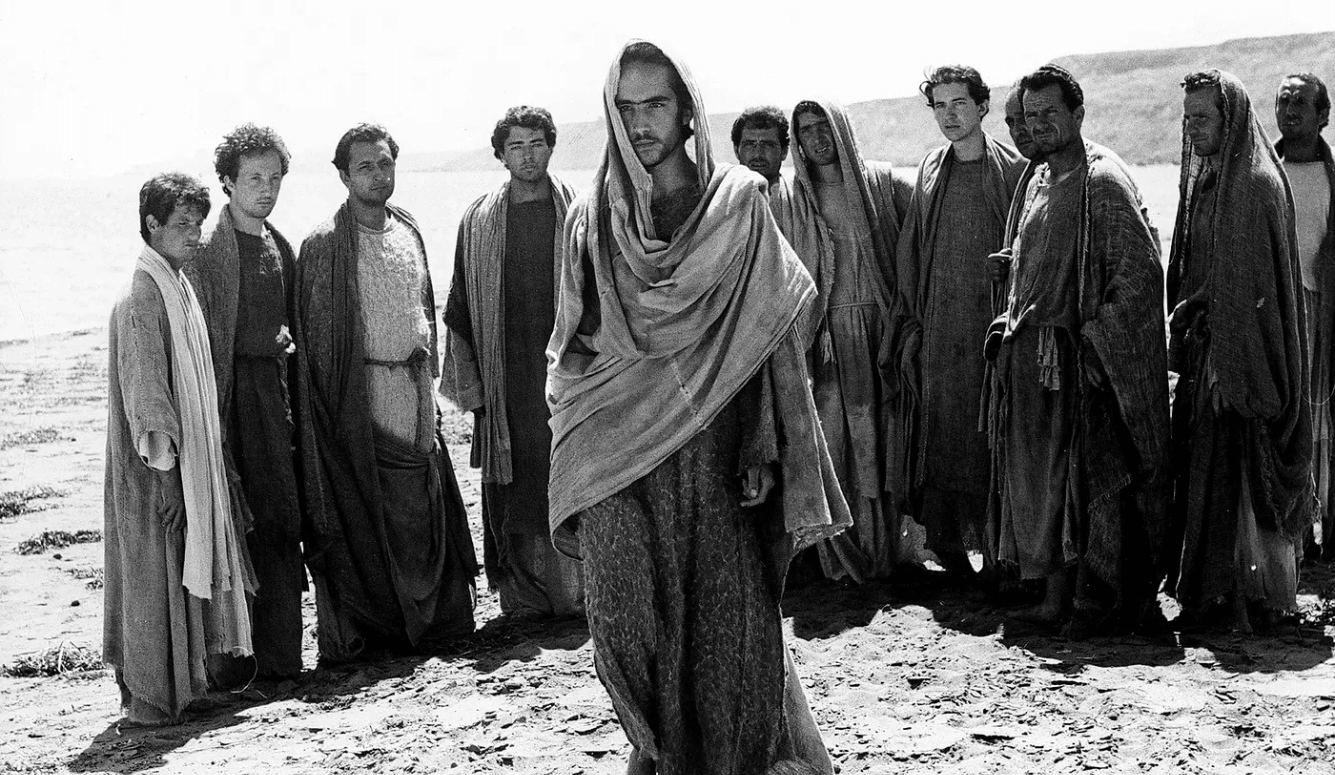Quillette Cetera
A Letter to the American Museum of Natural History
An exhibit in the museum’s Northwest Coast Hall repeats the false claim that the bodies of ‘215 Indigenous children’ were found at Kamloops, B.C. in ‘unmarked graves.’

To:
Peter Whiteley
Curator, North American Ethnology
American Museum of Natural History
New York City
Professor Whiteley —
I recently had the pleasure of visiting the Northwest Coast Hall of the American Museum of Natural History in New York City, where I observed a number of impressive exhibits pertaining to the material culture of Indigenous Nations of the Pacific Northwest. According to your museum’s website, you have served as the Hall’s co-curator, along with Haa’yuups/Ron Hamilton, a Nuu-chah-nulth artist from the Hupacasath First Nation in (what is now) British Columbia. (As I have been unable to find contact information for Haa’yuups, I would ask that you pass this message on to him.)
I generally found these exhibits to be highly informative and visually impressive. However, I noticed an important factual error contained in an exhibit element pertaining to the former Kamloops Indian Residential School, which operated on traditional lands claimed by the Tk’emlúps te Secwépemc First Nation in the B.C. interior.
Tk’emlúps te Secwépemc (formerly known as the Kamloops Indian Band) is geographically removed from the Northwest Coast Nations that otherwise comprise the subject of your co-curated exhibit. Its main reserve, Kamloops 1, is a four-hour drive from the coast. As is clear from context, your purpose for including a reference to this outlying First Nation was to highlight the cruel treatment of Indigenous children in Canada’s network of Residential Schools.





